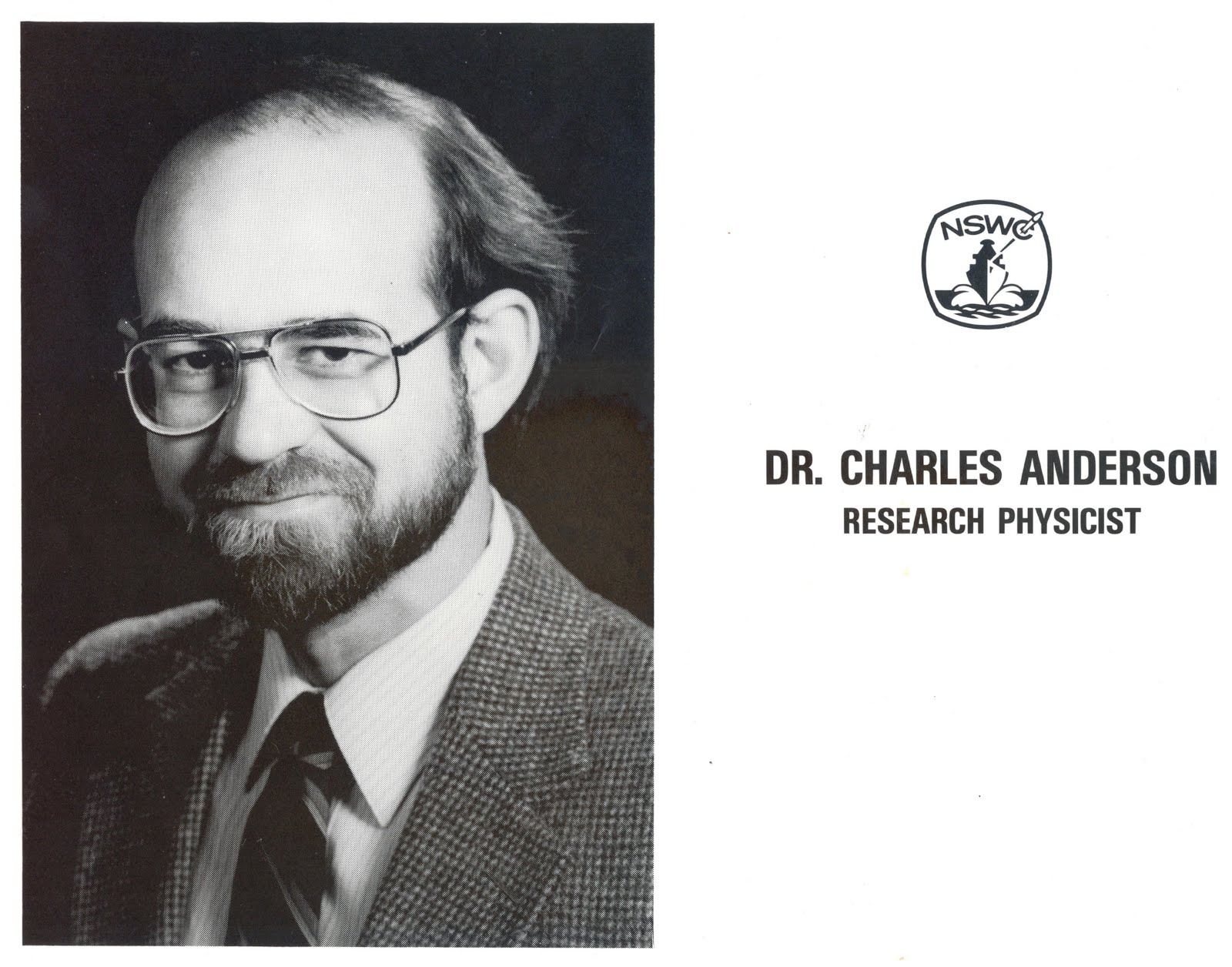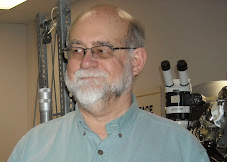It
drives anti-fossil fuel agendas and threatens wildlife, jobs, and human health
and welfare
Sustainability
(sustainable development) is one of the hottest trends on college campuses, in
the news media, in corporate boardrooms and with regulators. There are three
different versions.
Real
Sustainability involves
thoughtful, caring, responsible, economical stewardship and conservation of
land, water, energy, metallic, forest, wildlife and other natural resources.
Responsible businesses, families and communities practice this kind of
sustainability every day: polluting less, recycling where it makes sense, and
using less energy, water and raw materials to manufacture the products we need.
Public
Relations Sustainability
mostly involves meaningless, superficial, unverifiable, image-enhancing
assertions that a company is devoted to renewable fuels, corporate
responsibility, environmental justice, reducing its carbon footprint – or
sustainability. Its primary goal is garnering favorable press or appeasing
radical environmental groups.
Politicized
Sustainability is the untenable, even dangerous
variety. It relies on ideological assertions and theoretical models as an
alternative to actual outside-our-windows reality and evidence. Like “dangerous
manmade climate change,” its real purpose is gaining greater agitator and
government control over people’s energy use, lives, livelihoods, liberties and
living standards. It reflects an abysmal understanding of basic energy,
economic, resource extraction, manufacturing and human rights realities.
The most common definition is that “we may meet the needs of current generations” only to the extent that doing so “will not
compromise the ability of future generations to meet their needs.”
Among
other alleged human wrong doing, Political Sustainability thus reflects
the assertion that we
are rapidly depleting finite resources. Therefore, we must reduce our current
needs and wants in order to save those resources for future generations. At
first blush, it sounds logical, and even ethical.
However, under
sustainability precepts, we are supposed to predict future technologies – and
ensure that today’s resource demands will not compromise the completely
unpredictable energy and raw material requirements that those completely
unpredictable future technologies will introduce. We are supposed to safeguard
the assumed needs of future generations, even if it means ignoring
or compromising the undeniable
needs of current generations –
including the needs, aspirations, health and welfare of the most impoverished,
malnourished, disease-ravaged, energy-deprived, politically powerless people on
Earth.
For
thousands of years, mankind advanced at a snail’s pace. Then, as the modern
fossil-fuel industrial era found its footing, progress picked up rapidly, until
the speed of change became almost exponential. How today is anyone supposed to
predict what might be in store ten, fifty or a hundred years from now?
Moreover,
as we moved from flint to copper, to bronze, iron, steel and beyond, we didn’t
do so because mankind had exhausted Earth’s supplies of flint, copper, tin and
so forth. We did it because we innovated.
We invented something better, more efficient, more practical. Each advance required different materials.
Who today
can foresee what future technologies we will have … and what raw materials
those future technologies will require? How we are supposed to ensure that
future families can meet their needs,
if we cannot possibly know what those needs will be?
Why then
would we even think of empowering activists and governments to regulate today’s activities – based on wholly
unpredictable future technologies, lifestyles, needs and resource demands? Why
would we ignore or compromise the pressing needs of current generations, to meet those totally unpredictable future needs?
“Resource
depletion” claims also fail to account for new technologies that increase energy and mineral reserves,
reduce their costs – or decrease the
need for certain raw materials: copper, for instance, because lightweight fiber
optic cables made from silica (one of Earth’s most abundant minerals) can carry
thousands of times more information than a huge bundle of copper wires that
weigh 800 times more.
In 1887,
when Wisconsin’s Hearthstone House became the world’s first home lit by
hydroelectric power, no one could foresee how electricity would come to dominate,
enhance and safeguard our lives in the myriad ways it does today. No one could
envision the many ways we generate electricity today.
120 years
later, no one predicted tiny cellular phones with superb digital cameras and
more computing and networking power than a big 1990 desktop computer. No one
expected that we would need so much cadmium, lithium, rare earth metals and
other raw materials to manufacture thousands of wind turbines.
No one
anticipated that new 4-D seismic, deepwater drilling and hydraulic fracturing technologies
would find and produce so much oil and natural gas that today we still have at
least a century’s worth of these vital energy resources – which “experts” had just
told us we would run out of in only a few more years.
And yet,
we are still supposed to predict the future 50 or 100 years from now, safeguard the assumed needs of
future generations, and ignore the clear needs of current generations. We
are also supposed to presume that today’s essential natural resources have to
last forever. In reality, they only have to last long enough for our creative
intellects to discover real, actually workable replacements: new deposits,
production techniques, raw material substitutes or technologies.
Of
course, all of this is irrelevant to Politicized Sustainability dogma. That doctrine
focuses on ridding the world of
fossil fuels, regardless of any social, economic, environmental or human costs
of doing so. And regardless of whether supposed alternatives really are
eco-friendly and sustainable.
For
example, mandated U.S. ethanol quotas eat up 40% of this nation’s corn,
grown on over 36 million acres of cropland, to replace 10% of America’s
gasoline. Corn ethanol also requires billions of gallons of water, and vast
quantities of pesticides, fertilizers, tractor fuel and natural gas … to
produce energy that drives up food prices, damages small engines, gets
one-third fewer miles per gallon than gasoline – and during its entire
production and use cycle emits just as much carbon dioxide as gasoline.
Imagine replacing 100% of US
gasoline with corn ethanol. How would that in any way be sustainable?
Mandated, subsidized wind
energy requires millions of acres for turbines and ultra-long transmission
lines … and billions of tons of concrete, steel, copper, rare earth metals and
fiberglass. The turbines’ subsonic noise and light flicker create chronic
health problems for susceptible people living near them, and kill millions of
birds and bats annually – to produce expensive, intermittent, unreliable electricity
that must be backed up by dozens of fossil
fuel generators or billions of (nonexistent) land- and resource-intensive
battery arrays.
Meanwhile, American and Canadian
companies are cutting down thousands of acres of forests and turning millions
of trees into wood pellets that they truck to coastal ports and transport on oil-fueled
cargo ships to England. There the
pellets are hauled by truck and burned in place of coal, to generate
electricity … so that England can meet its renewable fuel targets. How is this sustainable – or “climate friendly”?
Why not
just build the fossil fuel power plants … mine for coal and frack for natural
gas to fuel them – or build more nuclear power plants – and forget about the ethanol, wind turbines,
wood pellets and other pseudo-renewable, pseudo-sustainable false alternatives
… until something truly better comes along?
Meanwhile, more than 1.2 billion people still do not
have electricity. Another 2 billion have electrical power only sporadically and
unpredictably. Hundreds of millions get horribly sick, and five million die every year from lung and intestinal diseases
that are due to breathing smoke from open fires … and not having refrigeration,
clean water and safe, bacteria-free food.
As Steven Lyazi has noted, these people simply want to take
their rightful, God-given places among Earth’s healthy and prosperous people.
Instead, they’re being told “that wouldn’t be sustainable.” They’re being told
they must be content with a few wind turbines near their villages and little
solar panels on their huts – to charge cell phones, pump a little water, power
a few light bulbs and operate tiny refrigerators.
Politicized Sustainability is
irrational, unjust, inhumane, eco-imperialistic and environmentally destructive.
It is especially harmful to the world’s poor. It’s time to rethink and overhaul
this insanity.
Paul
Driessen is senior policy analyst for the Committee For A Constructive Tomorrow
(www.CFACT.org), and author of Eco-Imperialism: Green
power - Black death
and other books on public policy.
































































